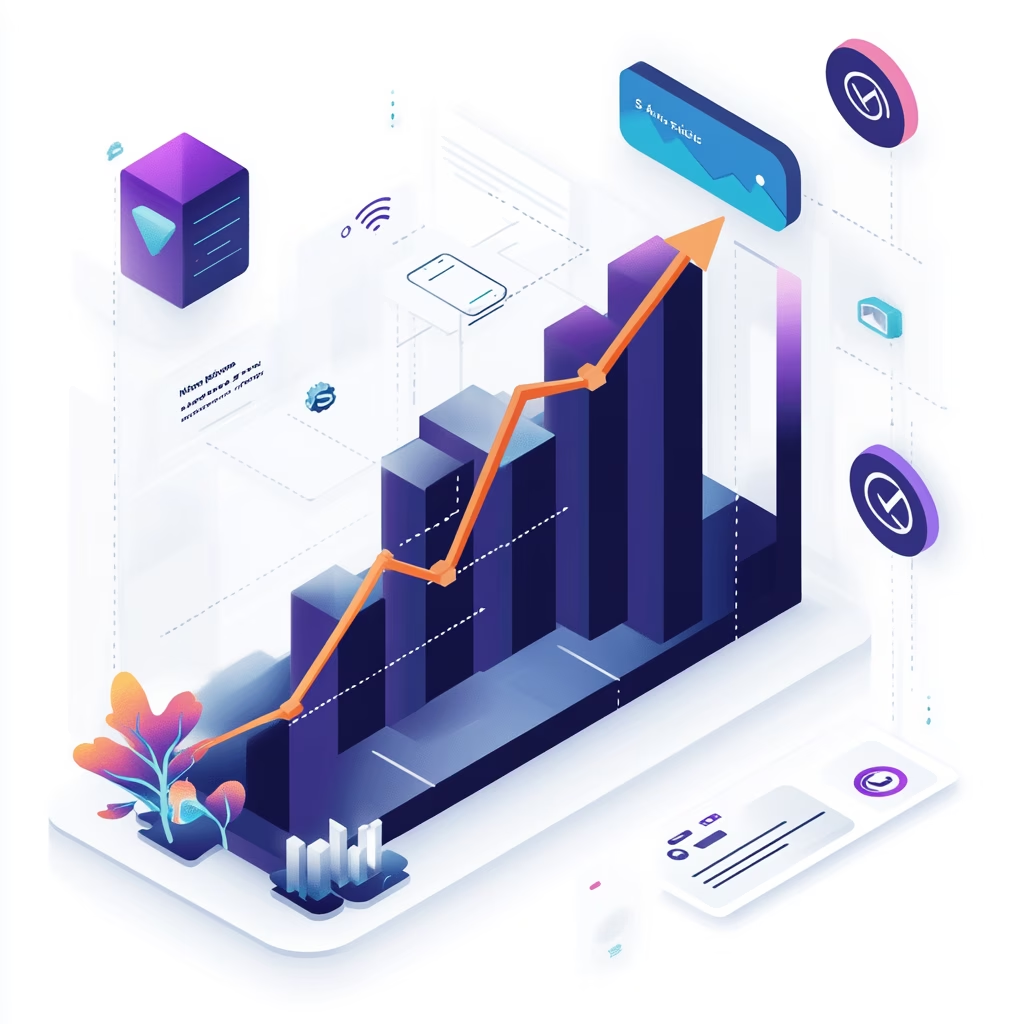Step by Step AI SEO Optimization Tutorial 2025

Step-by-Step AI SEO Optimization Tutorial 2025
This hands-on tutorial will guide you through the process of optimizing your website using AI tools. We’ll cover practical implementations, real-world examples, and step-by-step instructions.
Prerequisites
Before starting this tutorial, ensure you have:
- Access to your website’s backend
- Basic understanding of SEO principles
- Google Search Console access
- Google Analytics 5.0 account
- AI SEO tools subscription (we’ll recommend free and paid options)
Step 1: Initial SEO Audit with AI
Setting Up AI Audit Tools
# Example using Python with an AI SEO library
from ai_seo_toolkit import AuditTool
audit = AuditTool(website_url="https://yoursite.com")
results = audit.run_comprehensive_scan()
# Parse and prioritize issues
priority_issues = audit.prioritize_issues(results)Key Areas to Analyze
- Technical SEO health
- Content quality
- Backlink profile
- Mobile optimization
- Core Web Vitals
Step 2: Keyword Research with AI
Using AI for Keyword Discovery
# AI-powered keyword research
from ai_seo_toolkit import KeywordResearch
keyword_tool = KeywordResearch()
seed_keyword = "your main topic"
# Generate semantic keyword clusters
keywords = keyword_tool.generate_semantic_clusters(
seed_keyword,
relevance_threshold=0.85,
search_volume_min=100
)Organizing Keywords
Create a structured content plan:
{
"main_topic": "AI SEO Tools",
"semantic_clusters": [
{
"cluster": "AI SEO Software",
"keywords": [
"best ai seo tools",
"ai seo optimizer",
"automated seo software"
],
"search_intent": "commercial"
}
]
}Step 3: Content Optimization
AI Content Analysis
// Using AI to analyze content effectiveness
const contentAnalyzer = new AIContentOptimizer({
content: pageContent,
target_keywords: keywords,
language_model: "advanced",
});
const recommendations = await contentAnalyzer.analyze();Implementation Steps
- Install AI content optimization plugin
- Configure settings:
ai_content_settings:
min_word_count: 1500
readability_score: 60
keyword_density: 2.5
semantic_relevance: 0.85Step 4: Technical Optimization
Implementing Schema Markup
<!-- AI-generated schema markup -->
<script type="application/ld+json">
{
"@context": "https://schema.org",
"@type": "Article",
"headline": "Your Article Title",
"datePublished": "2025-03-15",
"author": {
"@type": "Person",
"name": "Author Name"
},
"aiGeneratedContent": {
"quality_score": 0.95,
"human_reviewed": true
}
}
</script>Core Web Vitals Optimization
// AI-powered performance optimization
const performanceOptimizer = new AIPerformanceOptimizer();
// Analyze and optimize images
await performanceOptimizer.optimizeImages({
quality_threshold: 85,
max_size_kb: 200,
lazy_loading: true,
});
// Optimize JavaScript bundles
await performanceOptimizer.optimizeJavaScript({
split_chunks: true,
tree_shake: true,
});Step 5: Link Building with AI
Identifying Link Opportunities
# AI-powered link prospecting
from ai_seo_toolkit import LinkProspector
prospector = LinkProspector(your_niche="tech")
opportunities = prospector.find_opportunities(
relevance_threshold=0.8,
domain_authority_min=30
)Outreach Automation
# AI-powered outreach
from ai_seo_toolkit import OutreachAutomation
outreach = OutreachAutomation(
template="link_building",
personalization_level="high"
)
campaigns = outreach.create_campaign(opportunities)Step 6: Monitoring and Reporting
Setting Up AI Monitoring
# AI-powered SEO monitoring
from ai_seo_toolkit import SEOMonitor
monitor = SEOMonitor(
website="yoursite.com",
check_frequency="daily"
)
# Configure alerts
monitor.set_alerts({
"ranking_drops": True,
"traffic_changes": True,
"core_web_vitals": True
})Creating Reports
# Generate AI-enhanced reports
report = monitor.generate_report(
period="monthly",
metrics=["rankings", "traffic", "conversions"],
ai_insights=True
)Step 7: Advanced Optimization
AI-Powered A/B Testing
// Set up AI-driven testing
const abTest = new AIABTesting({
pages: ["homepage", "product-page"],
variants: 3,
duration_days: 30,
confidence_threshold: 0.95,
});
await abTest.start();User Intent Optimization
# Analyze and optimize for user intent
from ai_seo_toolkit import IntentOptimizer
optimizer = IntentOptimizer()
intent_analysis = optimizer.analyze_page(
url="yoursite.com/page",
content=page_content
)Common Issues and Solutions
1. Content Quality Issues
# AI content quality check
quality_score = ai_content_analyzer.check_quality(
content,
parameters={
"originality": 0.8,
"relevance": 0.9,
"readability": 0.7
}
)2. Technical SEO Problems
# Run AI-powered technical audit
ai-seo audit --technical --fix-suggestionsBest Practices
-
Regular Monitoring
- Set up daily AI scans
- Configure alert thresholds
- Review weekly reports
-
Content Updates
- Use AI to identify outdated content
- Automatically generate update suggestions
- Monitor competitor content changes
-
Performance Optimization
- Regular Core Web Vitals checks
- Automated performance improvements
- Mobile-first optimization
Next Steps
- Implement monitoring system
- Set up regular content audits
- Configure automated optimizations
- Review and adjust strategies
Resources
- AI SEO Tools Documentation
- Google’s AI SEO Guidelines
- Technical Implementation Guides
- Community Support Forums
- Video Tutorials


